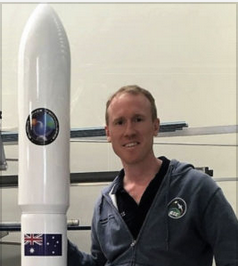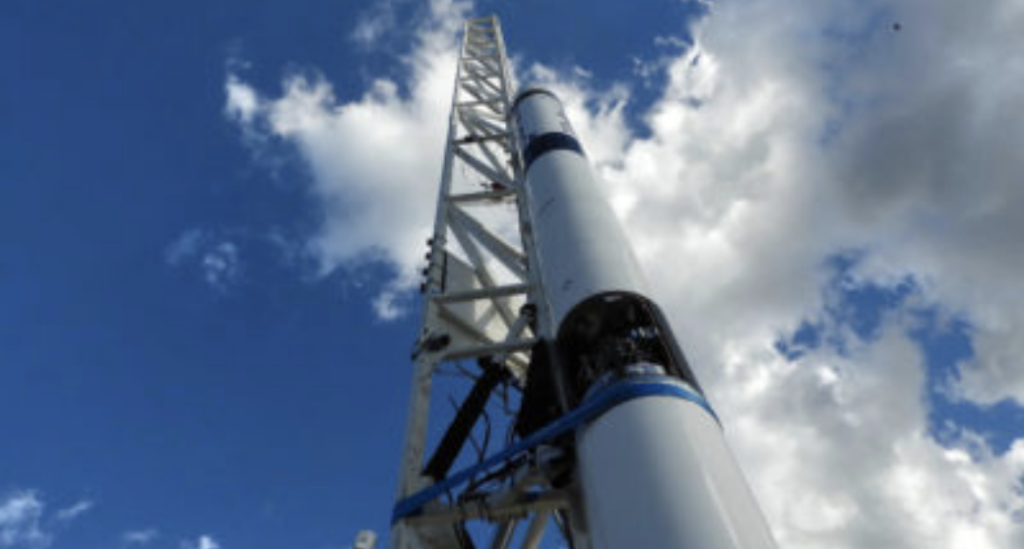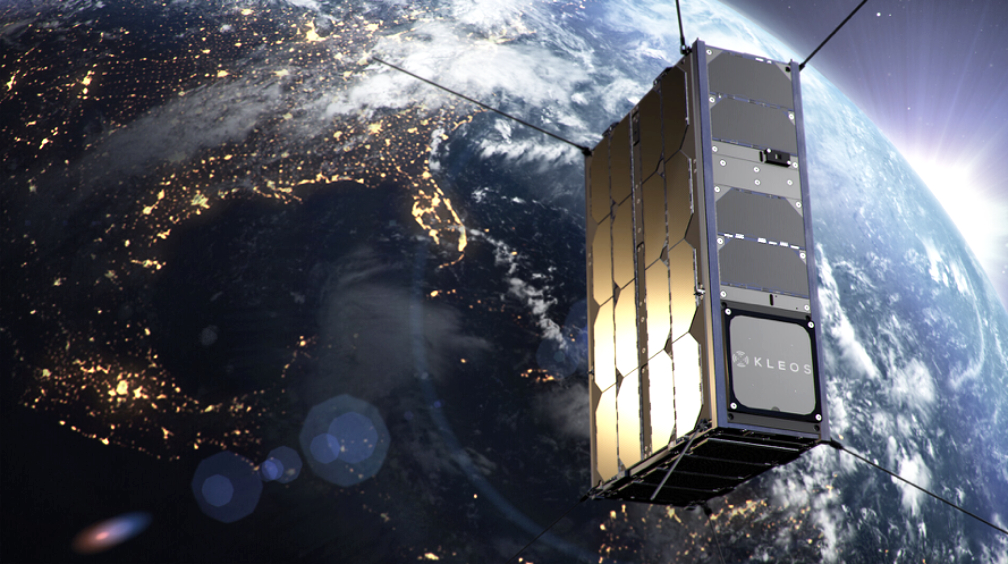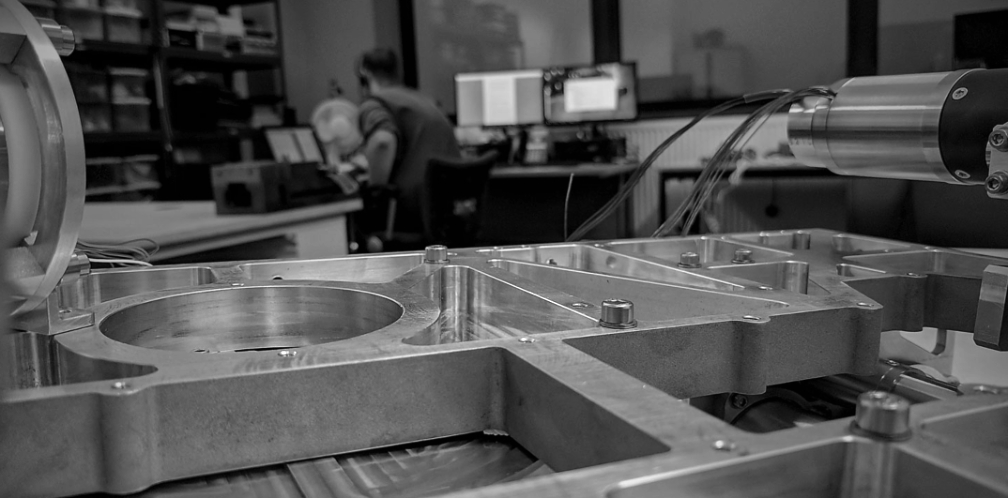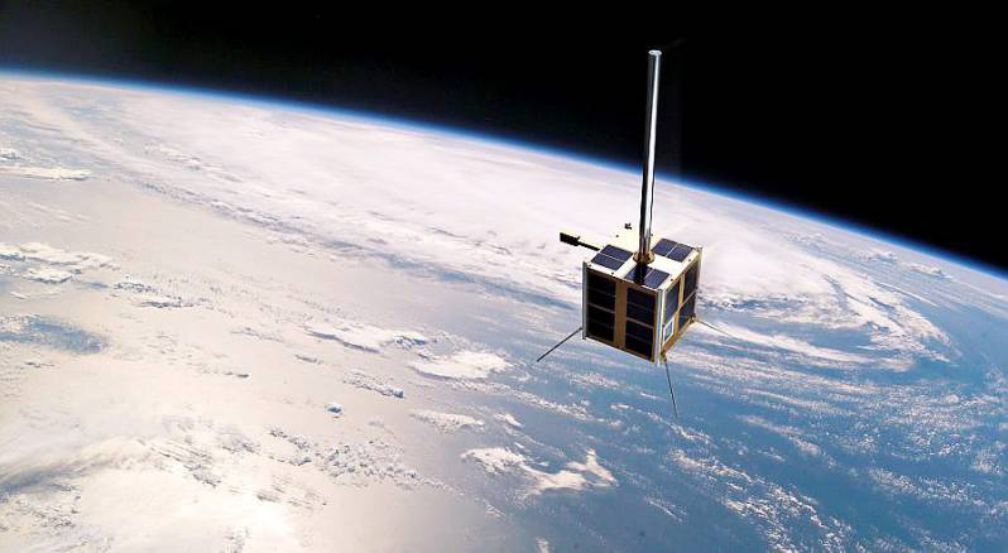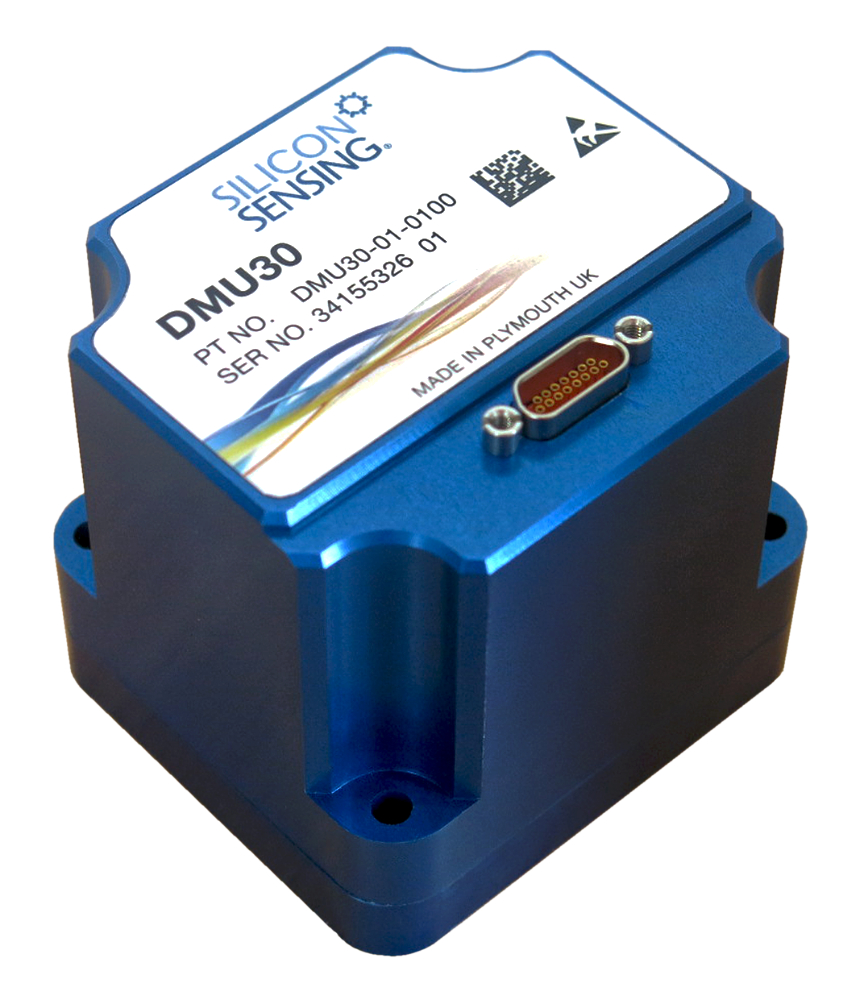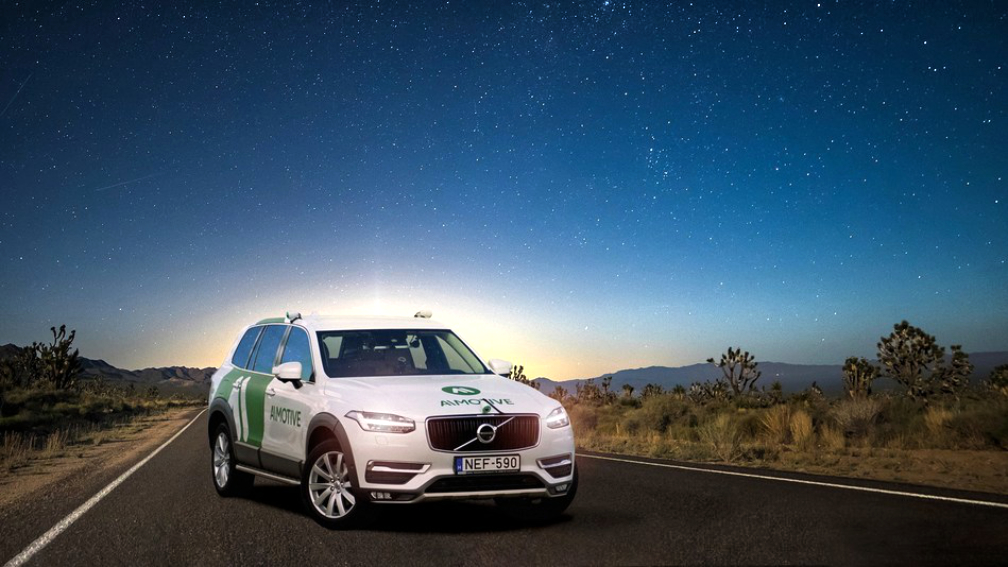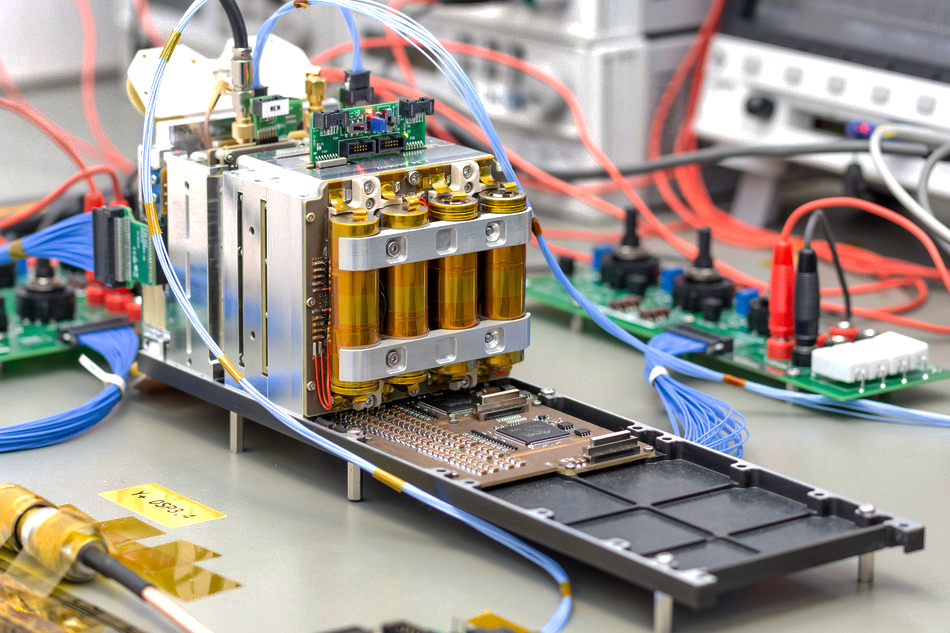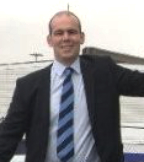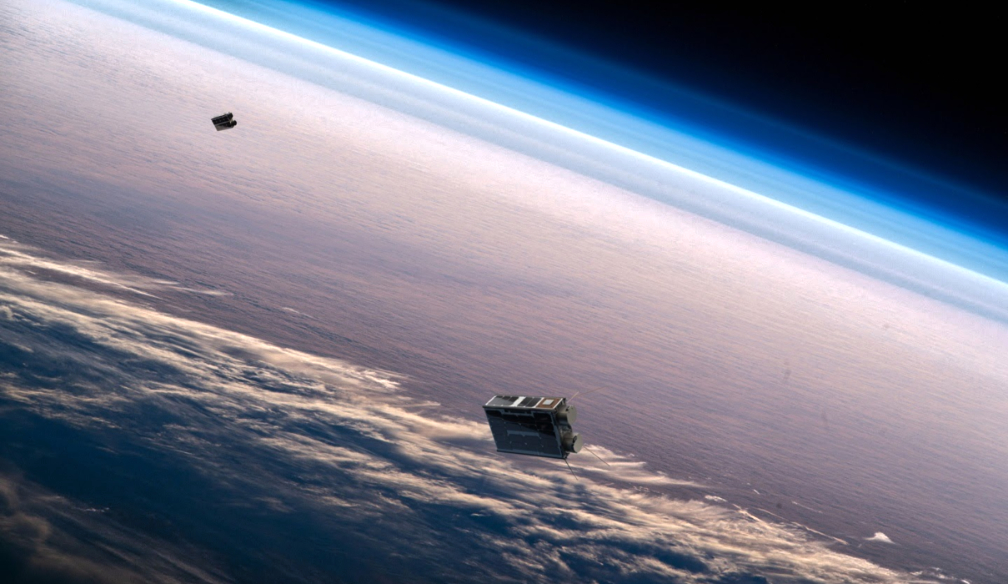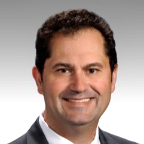Alok Sharma, the UK’s Secretary of State for Business, Energy and Industrial Strategy (BEIS), and the man about to be responsible for running the UK’s arm of OneWeb, told a House of Commons all-party BEIS scrutiny committee that using OneWeb as a replacement for Europe’s Galileo GPS system was not key to the acquisition.
However, he did say that OneWeb could offer “resilience” as far as a satellite-based positioning system was concerned.
The UK is now in a 50/50 partnership with India’s Bharti Global in acquiring OneWeb out of bankruptcy.
Sharma was addressing the BEIS committee on July 9th, although the committee covered much other ground besides the OneWeb move.
“We looked at this from the perspective of a commercial case and a strategic case,” Sharma told MPs. “We have co-invested alongside Bharti. From the commercial case, this was looking at the provision of broadband to people in rural areas, and people in aviation and maritime.”
He added that in terms of the strategic case for OneWeb, the UK wanted to be a world leader in the space sector and that OneWeb presented geopolitical opportunities for the UK.
Sharma also made no commitment to move production of OneWeb’s satellites away from Florida and into the UK.
Additionally, satellite operator SES has reached an agreement with its personnel delegations to discontinue social plan talks for the firm’s Luxembourg-based employees, instead shifting gears to negotiate an employment safeguard plan.
In Luxembourg, SES management and its personnel delegation reports they have had multiple meetings in the last four weeks. Together, they have managed to reduce the number of impacted employees through a voluntary phased retirement program and redeployment of employees into positions in new growth areas. SES management and its personnel delegation will now work jointly on an employment safeguard plan to find the best solution for the remaining employees.
SES says this global restructuring exercise is part of its Simplify & Amplify program, which aims to position the company for future growth and deliver maximum value to current and potential customers and stakeholders in a highly-competitive satellite market.
SES adds it remains on track to generate EBITDA optimization ramping to €40-50 million annually from 2021.

Reports by journalist Chris Forrester, filing at the Advanced Television infosite...


